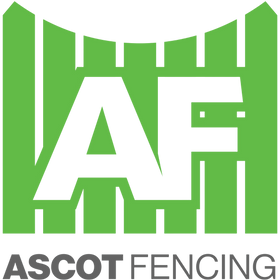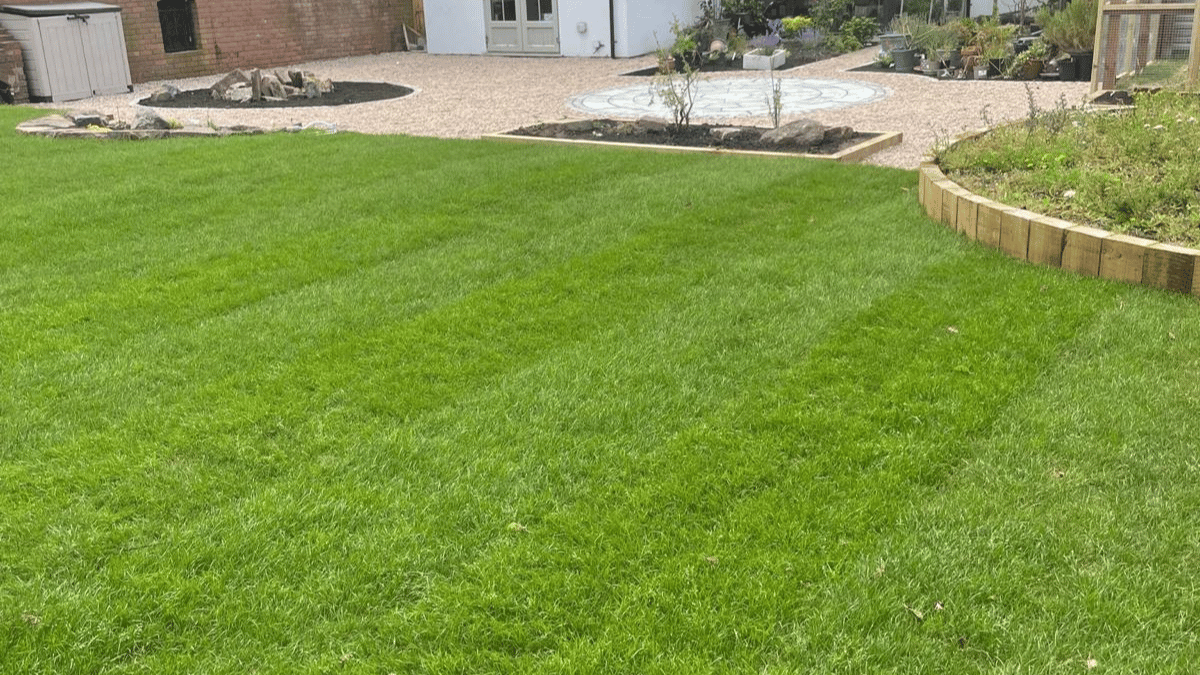The picturesque look of a lush green garden can be the cherry on top for any home, offering a serene and vibrant setting for relaxation and play.
Yet, the choice between artificial and natural turfing can pose a significant conundrum for homeowners looking to enhance their gardens.
This debate touches on various factors that are crucial to consider - from maintenance and durability to environmental impact and cost.
In this blog post, Ascot Fencing will delve into these aspects, dissecting the pros and cons of artificial and natural grass, to help you decide which is best for your garden lawn.
Types of Turfing
What is Artificial Turfing?
Artificial turfing, also known as synthetic grass, is a surface made from synthetic fibres designed to mimic the look of natural grass.
Its uses span across residential gardens to sports fields, celebrated mainly for its low maintenance requirements.
What is Natural Turfing?
Natural turfing, on the other hand, involves the cultivation of real grass.
It is preferred for its natural aesthetic and environmental benefits, creating a living landscape and a home for wildlife that breathes life into gardens.

Comparing Artificial and Natural Turfing
Maintenance
Artificial Turf: It requires minimal upkeep, eliminating the need for mowing or weeding. While it saves time, occasional cleaning to remove debris is necessary.
Natural Turf: This option demands regular mowing, watering, and weeding. It's more time-consuming but let’s you feel more involved in the gardening process.
Durability
Artificial Turf: Known for its robustness, artificial turf withstands various weather conditions and can last between 10-20 years. However, it may fade over time when exposed to direct sunlight.
Natural Turf: Natural grass is more vulnerable to wear and requires consistent care to maintain its vitality.
Environmental Impact
Artificial Turf: Made from synthetic materials, it is non-biodegradable and lacks eco-benefits. Though it conserves water, its environmental friendliness is debated.
Natural Turf: It's sustainable and helps reduce CO2 emissions. Its water usage, however, is a notable drawback.
Cost
Artificial Turf: The initial expenditure can be high, but its low ongoing maintenance costs offer savings over time.
Natural Turf: More affordable to install, but the costs for upkeep (water, fertilisers) can accumulate.
Supporting Wildlife
Artificial Turf: Artificial turf provides little to no benefit for local wildlife. It doesn’t support soil organisms, insects, or birds, making it less suitable for creating a wildlife-friendly space.
Natural Turf: Natural turf is a living ecosystem that supports soil microbes, insects, and pollinators like bees and butterflies. It offers food, shelter, and habitat for various species, making it a great choice for encouraging biodiversity in your garden.

Artificial or Natural Turf: Which is Best for You?
When choosing between artificial and natural turf, consider both cost and the environment. Artificial turf costs more upfront but saves money long-term since it doesn’t need watering or maintenance. It’s water-efficient but made from plastic, which isn’t great for the environment once it’s thrown away.
Natural grass is cheaper to install and better for the planet - it absorbs CO2, produces oxygen, and supports local wildlife. But it comes with higher water and maintenance costs over time.
If you’re stuck trying to figure out what works best for your budget and values, we’re here to help.
Benefits of Professional Turf Installation
Whether you’re leaning towards gorgeous natural turf or the convenience of artificial grass, having it professionally installed brings so much more to your garden than just a smooth, perfectly levelled lawn.
Here’s why it’s worth considering:
- Seamless Installation and Levelling: Professionals ensure your turf is laid evenly and levelled properly, creating a smooth and polished finish. No awkward lumps or uneven patches - just a flawless garden that’s ready to impress.
- Optimal Drainage: One of the most overlooked aspects of turf installation is drainage. With the help of experts, you can rest assured that water won’t pool in inconvenient spots, preventing issues like flooding or damage to your garden.
- Enhanced Durability and Longevity: With proper installation techniques, your turf - be it artificial or natural - will stand the test of time. Professionals get the job done right, helping your new lawn handle wear, tear, and the elements effectively.
- Tailored Advice for the Perfect Turf: Not sure whether artificial or natural turf is right for you? Turf-installation experts can offer personalised advice, taking into account your garden’s layout, soil type, lifestyle needs, and maintenance preferences. Their guidance can make a huge difference in choosing the best option for your space.
All in all, professional installation isn’t just about convenience - it’s about getting a lawn you can enjoy for years without the headache of DIY mishaps.

Turfing FAQs
Is artificial turf environmentally friendly?
Artificial turf is water-efficient and requires no fertilisers or pesticides, which can be good for the environment. However, it’s made from plastic and can take years to break down in landfills, making its long-term impact less eco-friendly.
How long does natural turf last?
Natural turf can last for many years with proper care and maintenance. Its lifespan depends on factors like water, sunlight, and soil quality, as well as how much foot traffic it gets.
What's the cost difference between artificial and natural turf?
Artificial turf has a higher upfront cost but saves money over time due to its low maintenance. Natural turf is cheaper to install but comes with ongoing costs for watering, mowing, and care.
Can I install artificial turf by myself?
Yes, DIY installation is possible, but it takes time, effort, and proper tools. You’ll need to prep your ground, ensure proper drainage, and secure the turf correctly. Professional installation might be more reliable if you’re unsure about the process.
Are there hybrid options for both turf types?
Yes, there are hybrid systems that combine natural grass with artificial reinforcement. These options are designed to offer the durability of artificial turf with the environmental benefits of real grass, though they tend to be more expensive upfront.
Turfing Services With Ascot Fencing
Whether you lean towards the practicality and ease of artificial grass or love the fresh, natural feel of living turf, the right choice depends on what matters most to you when you step into your garden.
And this is where we step in as your friendly neighbourhood helpers. At Ascot Fencing, we are your turfing and artificial grass specialists in Derby who delight in helping you tailor your outdoor space to your dreams.
We've got the know-how, the tips, and the tricks to guide you in choosing between lush natural greens or the vibrant, always-neat artificial lawns.
Get in touch with Ascot Fencing today and let’s create a garden space you’ll love for years to come.




